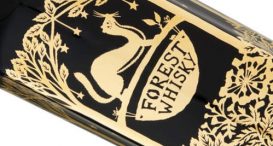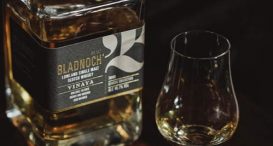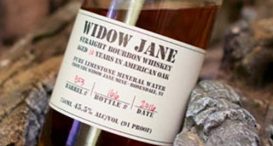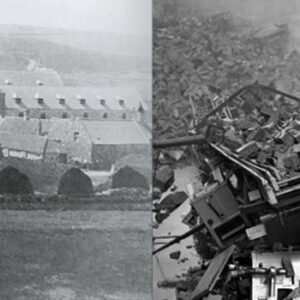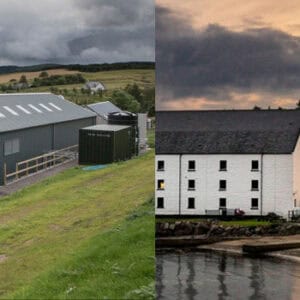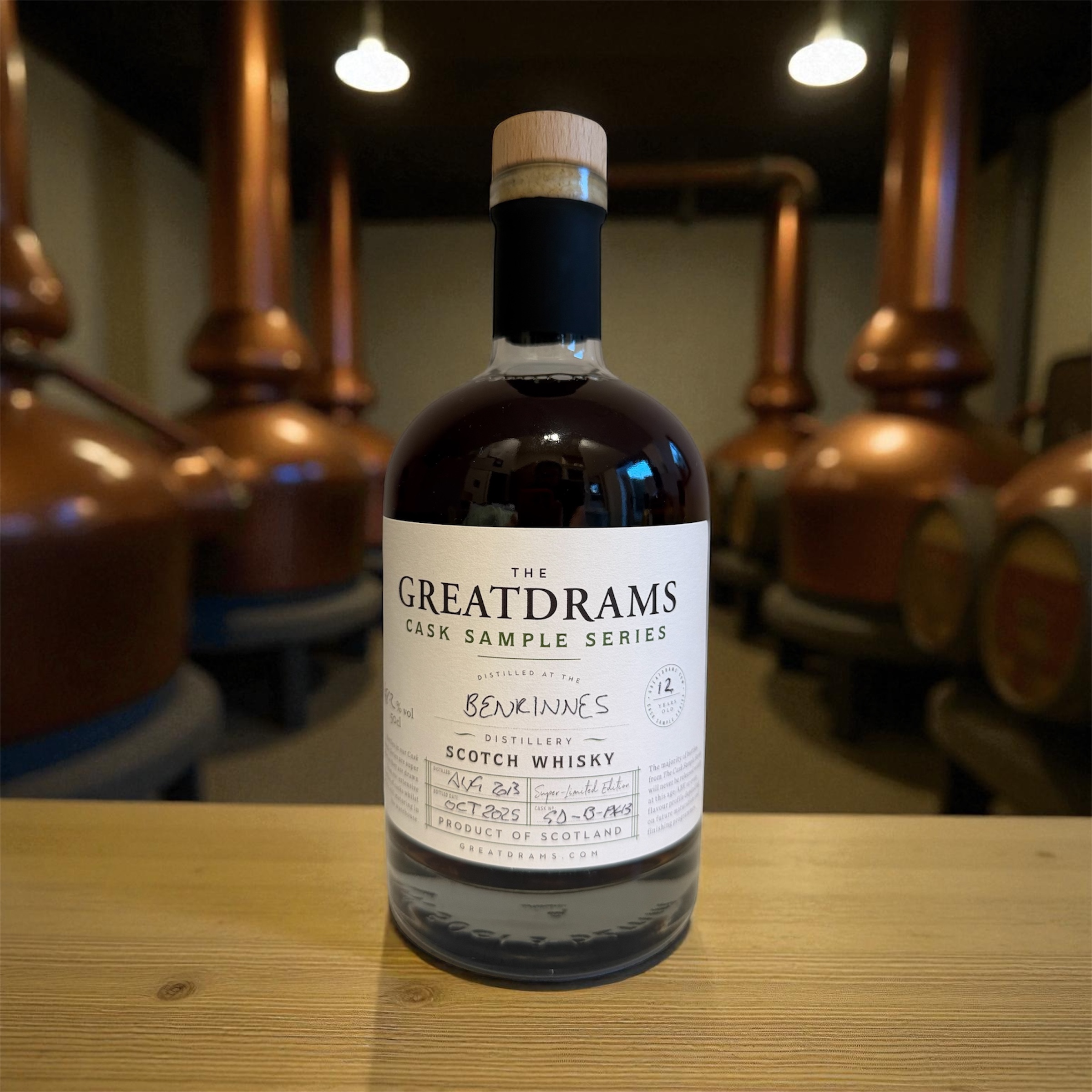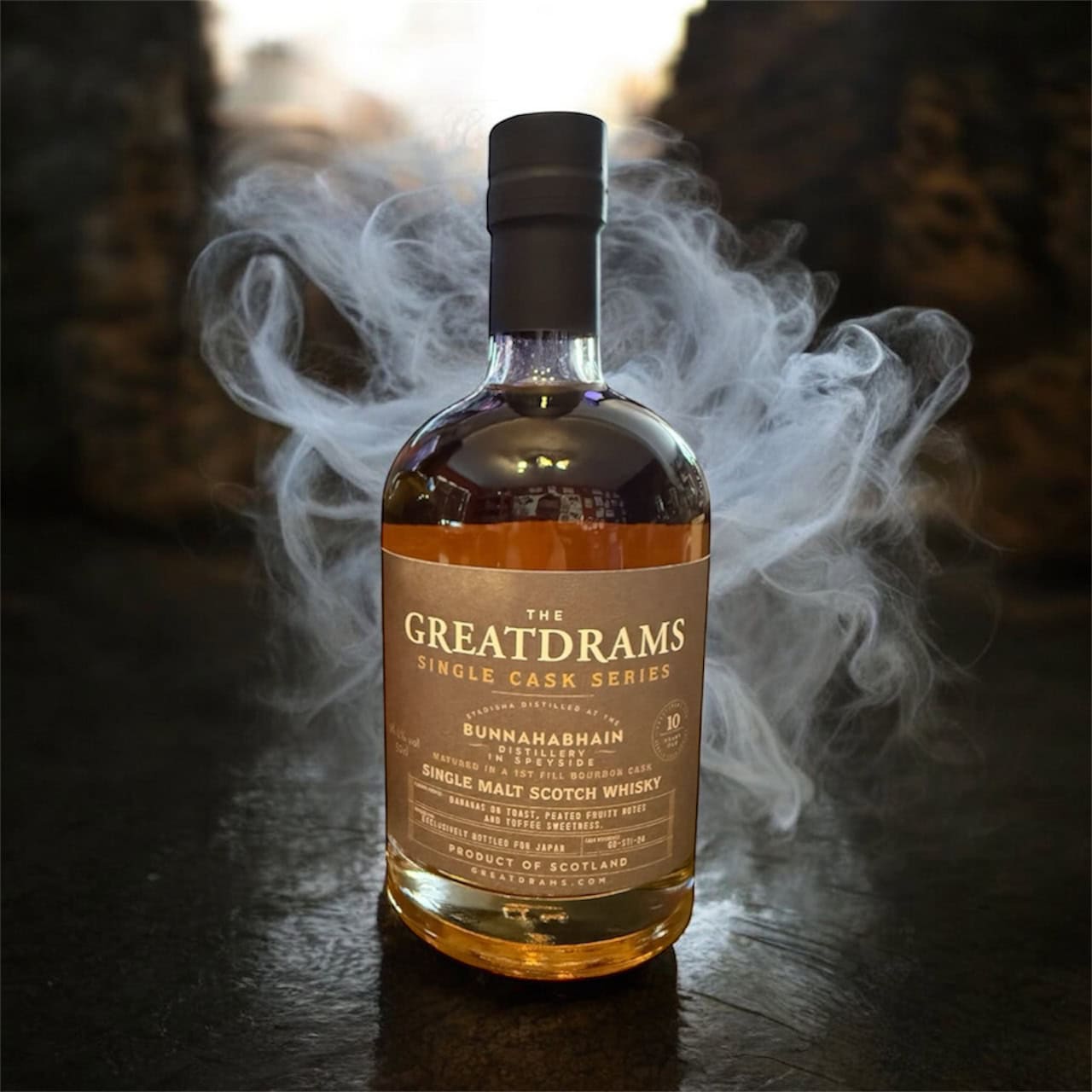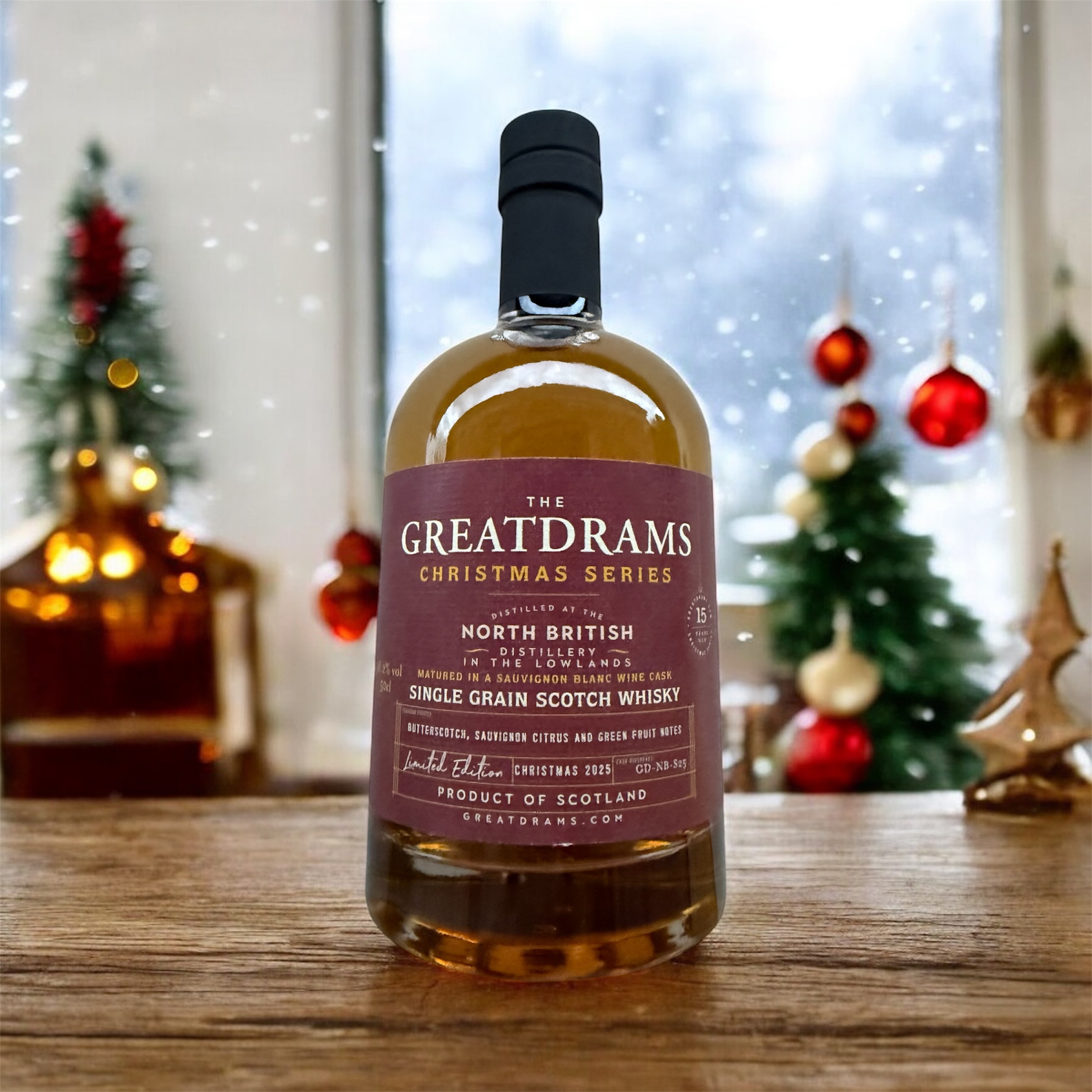Excisemen and Smugglers – Whisky’s Turbulent Past
If you’ve ever visited a Scotch whisky distillery in the past, chances are you’ll have been blown away by the scenery and surroundings. Despite losing count of the amounts of distilleries I’ve visited over the years, each time I visit I’m still in awe at the natural beauty, not only of the distilleries, but the scenery that surrounds them.
One thing you do tend to notice with many of the distilleries dotted around Scotland’s various whisky regions, is the fact that they’re often so isolated. Now, you’d think that they’d be built in the heart of bustling towns and cities, as logistically that would surely make life easier? Well, one of the main reasons why they were constructed in isolated parts of the Scottish countryside, coastline, and Highlands, is because of whisky’s tumultuous past.
You see, once whisky proved to be so popular, it was heavily taxed. (sound familiar?) This set in motion the age of the excise man, and illicit whisky distillation and smuggling.
You might want to get comfy for this one, so pour yourself a dram and learn about whisky’s turbulent past.
Two Certainties in Life
There’s a famous saying that goes something along the lines of there being two certainties in life, which are ‘death and taxes.’
Once something proves popular, it isn’t long before somebody wants their piece of the pie. That’s exactly what happened with whisky. Whisky’s origins can be traced way back to the 15th century, where it was largely unknown.
As the years passed by, whisky gradually became more and more popular. Producing it proved to be very lucrative, and it wasn’t uncommon for whisky to be used as a form of currency. It wasn’t long before the Scottish Parliament got wind of whisky’s popularity, and looked to line their own pockets. How? You guessed it – taxes.
In January 1644, the very first excise duty was levied on whisky. This amounted to two shillings and eight pence per Scots pint, which was roughly half a gallon in today’s measurements.
Now, as you can imagine, those who were distilling the whisky weren’t exactly thrilled by this, and many of them went to great lengths to avoid paying. This paved the way for the formation of the Scottish Excise Board in 1707.
The Age of the Exciseman
Following the formation of the Scottish Excise Board in 1707, as part of the Treaty of Union, this meant that the same levels of duty were enforced on ‘excisable liquors’ in both England and Scotland.
To ensure that the distilleries and whisky producers paid their “fair share” the government tasked certain agents with the role of policing the whisky. These became known as ‘excisemen’ or ‘gaugers’. They were known as ‘gaugers’ because their role was to gauge how much spirit was being produced, and its perceived value.
Now, initially the avoidance of excise duties in Scotland wasn’t so much about saving money, as it was about national pride. There was certainly no love lost between the Scottish and the English, and many Scottish distilleries resented paying as they perceived this as the English sticking their noses in Scottish business. Avoiding paying almost became a badge of honour, and served as a metaphorical middle finger to the English officials.
For the next 150 years or so, smuggling Scotch whisky became standard practice. Illicit distillers would find ingenious ways of evading the excisemen. Casks of whisky would be hidden in coffins, buried, transported by boat, and even hidden in churches. Illegal distilleries would be built in rural, isolated locations away from civilisation. This not only made it harder for the excisemen to visit, it also meant that they could be spotted from a distance, giving the illicit distillers ample time to scarper.
In the early 1820s, each year there were more than 14,000 illicit stills being confiscated. Whisky proved more popular than ever, yet more than half of the whisky consumed in Scotland was consumed through illegal means.
A Dangerous Job
As you might expect, the excisemen who roamed the barren Scottish countryside on the hunt for illicit distilleries proved about as popular as a meat-eater at a vegan convention. The smugglers and illicit distillers went to great lengths to avoid being caught, and were not above resorting to violence.
It was not uncommon for the excisemen to be threatened, physically assaulted, kidnapped, and even murdered. Furthermore, doing their jobs was made even harder by the fact that virtually all of Scotland was against them. Nobody liked the taxmen, so locals would remain extremely tight-lipped, even if they did know about an illicit distillery or whisky smuggling ring nearby.
Of course, there were always a few bad apples in the bunch and occasionally the excisemen would accept bribes to turn a blind eye, or even steal the whisky and distilling equipment for themselves.
The 1823 Excise Act
In 1823, an act was passed which brought illicit whisky production and smuggling to a halt almost overnight. The act in question was the 1823 Excise Act.
The Duke of Gordon approached the House of Lords, and proposed that the government should work with the whisky distillers, rather than against them. The Duke knew firsthand just how delicious the whisky being produced in Scotland was, due largely to the fact that many of the country’s best illegal distilleries were on his very land. He also knew just how profitable the spirits industry could be.
The 1823 Excise Act was passed shortly afterwards. The act basically sanctioned the legal distilling of whisky, in exchange for a £10 distillery licence payment, along with a much more reasonable set payment for every gallon of proof spirit produced, of just two shillings and threepence.
The passing of the act meant that illegal whisky production and smuggling quickly died out. After all, why would people risk legal trouble and financial ruin when they could produce whisky legally for a far, far more reasonable rate? The number of legal, licensed distilleries in Scotland doubled over the next couple of years.
The excisemen who were once the arch enemies of the illicit distilleries were also seen in a new light. In fact, they became a part of the team. This is because the Act made it mandatory for each working distillery to have a resident exciseman. They even had to provide accommodation for him.
Despite whisky smuggling dying out, a number of the once-illicit distilleries remained, this time licenced. In fact, many of Scotland’s most popular distilleries to this day sit atop the sites once used by smugglers and illicit distillers all those centuries ago.
If you’d like to learn more about your favourite whiskies, or simply treat yourself to a dram or two in the process, head on over to GreatDrams.com and take a look at what we have to offer.
With an impressive selection of limited-edition, rare, and award-winning whisky, as well as heaps of whisky info on our blog, it’s the perfect spot for any whisky lovers out there.
Photo Credit: Scotch Whisky



